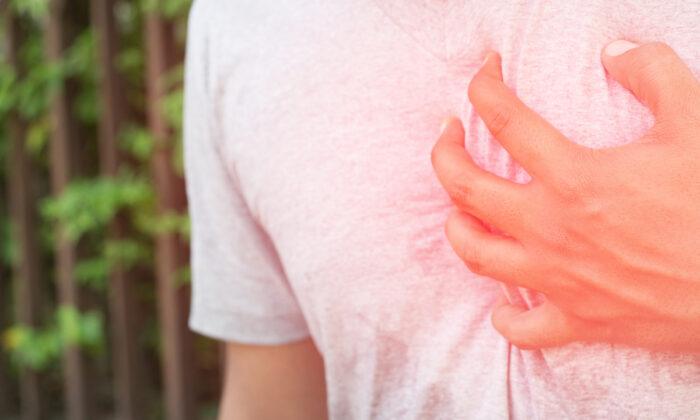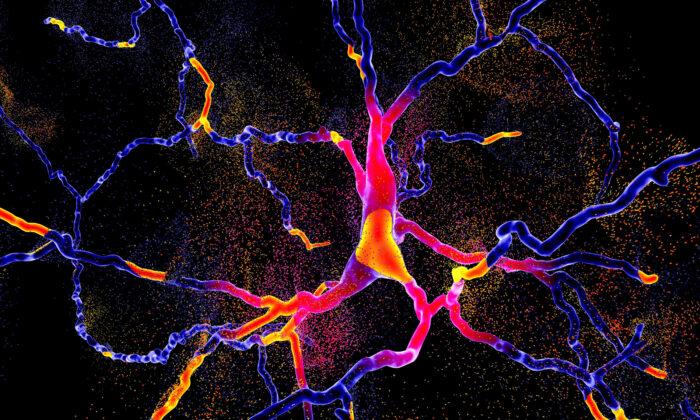Strong or mild, full-bodied or mellow, white or yellow. Cheese is an iconic food that can be found in almost every culture across the globe.
It’s undeniably tasty and goes well with almost everything, but for years, cheese was thought to be the mortal enemy of cardiologists the world over.
What Is Cheese, Exactly?
Broken down to its molecules, cheese is a coagulation of proteins and fats which, thanks to special bacteria, come together and are processed into the finished product.It’s the fats, specifically the saturated fats, in cheese that for years gave the dairy product a bad name in many doctors’ offices around the world.
However, not all fats are created equal, and some of the fats found in popular cheese varieties like cheddar, Swiss, and mozzarella are ones that the human body needs to remain healthy.
How Are Different Cheeses Made?
Although most cheese varieties look similar in their infancy, it’s the addition of specific bacteria to the young cheeses that transform them into the unique varieties with which we’re familiar.“The flavor you’re getting is from molds or yeast or bacteria, and we can add those specific types to make specific flavors,” Johnson said.
The type of milk used also matters. Common types of milk used are cow, goat, sheep, and buffalo. Each type of milk will give the cheese a different profile.
Healthiest Cheeses
Which cheese is “healthiest” will depend on an individual’s definition of healthy and what their health and wellness goals are.Cheese with fewer calories and less salt
Goat cheese can be low in calories, but watch out as some goat cheese will have added flavors that come with added calories.
Cheese with dense nutrients
According to Johnson, cheese is a great way for these people to get the nutrients they need.
“Ten pounds of milk makes one pound of cheese. I doubt anyone is going to drink 10 pounds of milk in a day, but someone could eat half a pound of cheese in a day,” he said. “Some cheeses, like Swiss cheese, have a high amount of vitamin B12—it’s produced by the bacteria in the cheese.”
Cheeses that are nutrient or calorie dense include ricotta and blue cheese.
Ricotta cheese contains whey, a byproduct of the cheese-making process that’s famous for being high in protein. Blue cheese is packed with calcium, a key ingredient in bone health.
Don’t Forget Those Microorganisms!
The same bacteria that change the raw cheese into the finished product also spawn microorganisms that can have surprising health benefits and protective qualities.Today, says Johnson, the bacteria needed to “start” a cheese are cultivated by specialists and sold commercially. These starter cultures can contain both the needed bacteria to form a specific flavor or smell and simultaneously make the cheese safer for human consumption.
Who Should Avoid Cheese?
More than one out of every three Americans has difficulty digesting a lot of dairy products. Experts believe this is due to a problem the body has with absorbing the sugars found in milk, called lactose. Those who cannot process lactose are often diagnosed with a condition called lactose malabsorption.At first glance, it would be easy to assume that those with lactose malabsorption would have to swear off cheese for life. However, thanks to the unique way some cheeses are made and aged, there are varieties of cheeses that are safer for lactose malabsorption patients.
Johnson recommended aged cheeses such as cheddar and parmesan as potential options.
“Do your research; some cheeses may be acceptable because of low lactose levels,” he said.



